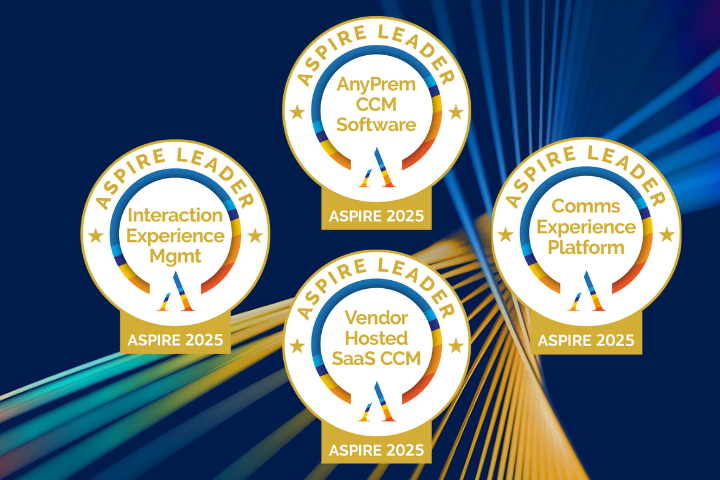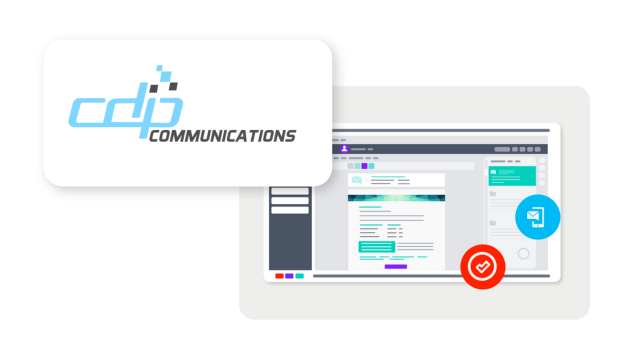
These days, most companies aren’t lacking data. In fact, a lot of organizations are drowning in it. What sets successful companies apart is the ability to analyze and understand the data to optimize performance.
“Companies have tons and tons of data, but [success] isn’t about data collection, it’s about data management and insight.” - Prashanth Southekal, business analytics author, professor, and head of the Data for Business Performance Institute
Data mining, the practice of analyzing large databases to generate new information, is fast becoming an indispensable practice. It seeks to discover data patterns and anomalies, find causal relationships in them, and make predictions about the future. In accounts receivable, a close examination of your data can reveal significant operational issues, ranging from market changes to how your organization conducts its sales process.
The Wisdom Hidden in Late Payments
“By data mining your accounts receivable operations you can find out many interesting insights about these business factors.” – Kim Radok, Owner, Credit Matters Pty Ltd and Financial Services Consultant
No one wants to deal with late payments, and it's best to minimize them to optimize your cash flow. However, even the most effective accounts receivable teams can’t escape them. Luckily, there is plenty you can learn from your data that will help you address the systemic issues that cause them.
-
Market Conditions – a sudden influx of late payments can indicate a change in market conditions. On the most obvious level, it can reflect a growing sense of economic uncertainty. If an examination of the data reveals that a specific industry is being impacted by late payments, it may reflect changes within that market segment. Understanding the external factors that may impact your customer’s ability to make payments allows you to better work with them toward mutually beneficial solutions, improving your overall customer experience.
-
Unsustainable Sales Practices – A surplus of late payments can also indicate poor or unsustainable credit and sales practices. Is credit too often being extended to high-risk accounts in the interest of completing a sale? Are sales representatives being too aggressive with their offers? It may also suggest a lack of interdepartmental communication and collaboration. A solution like Quadient AR uses artificial intelligence and machine learning to estimate credit risk for customers, providing a letter grade to indicate the likelihood of late payments. Because the software provides a centralized platform that can be accessed companywide, teams across the company are quickly able to access real-time data.
-
Overly Restrictive Terms – On the other side, late payments may indicate that your organization is setting terms that are too restrictive or do not reflect the industry standards. Not only can this practice result in slow payment, but it can cause churn as customers take their business to organizations with friendlier offerings.
-
Poor AR Practices – Late payments may also suggest poor accounts receivable processes, such as invoices not being sent in a timely manner, a failure to follow up, or an overly complicated payment process.
What Can I Learn from Disputes?
Next to late payments, disputes may be one of the most significant problems that an accounts receivable department encounters. However, like late payments, a close study of the data provided by your disputes can yield actionable insights into your AR process.
-
Process Flaws – One of the first things that recurring disputes can indicate are process flaws. When AR is reliant on manual processes, it is more susceptible to data entry errors that may lead to problems ranging from inaccurate company information to pricing or other invoice errors.
-
Customer-centric behavior – In much the same way that a study of late payments can reveal how user-friendly your payment process is, a close study of dispute data can reveal how your company views and treats customers. What is the average time it takes to resolve a dispute? How communicative is your team during the resolution process?
-
Image vs. Reality – Along the lines of how “customer-centric” your business is, the types of disputes and how they are resolved can also provide information about a potential gap between the image your company seeks to present and how it is seen by customers. For instance, a brand may pride itself on the quality of its service, but if disputes are frequently arising due to easily avoidable mistakes, it may indicate an internal failure to embrace company ethos and standards.
What Tools Do I Need?
If you are maintaining detailed records, you should be able to dig into your data to discover any of the above. That said, there are tools that will make the process easier.
Adopting an AR automation solution that integrates with the rest of your tech stack allows centralized access to all relevant account information and activity, from the point of sale until an invoice is paid. Likewise, a solution like Quadient AR maintains a detailed record of customer communications, disputes, and all other account activity.
Features like Quadient AR’s Business Intelligence (BI) module also facilitate customer reports that can be built around the KPIs (key performance indicators) that matter to your organization, looking at data like payment behavior or even the productivity and activity of individual AR representatives. This information can then be translated into easy-to-understand charts and graphs that help better contextualize the information. With these tools in hand, data mining and analysis becomes a much easier lift.








